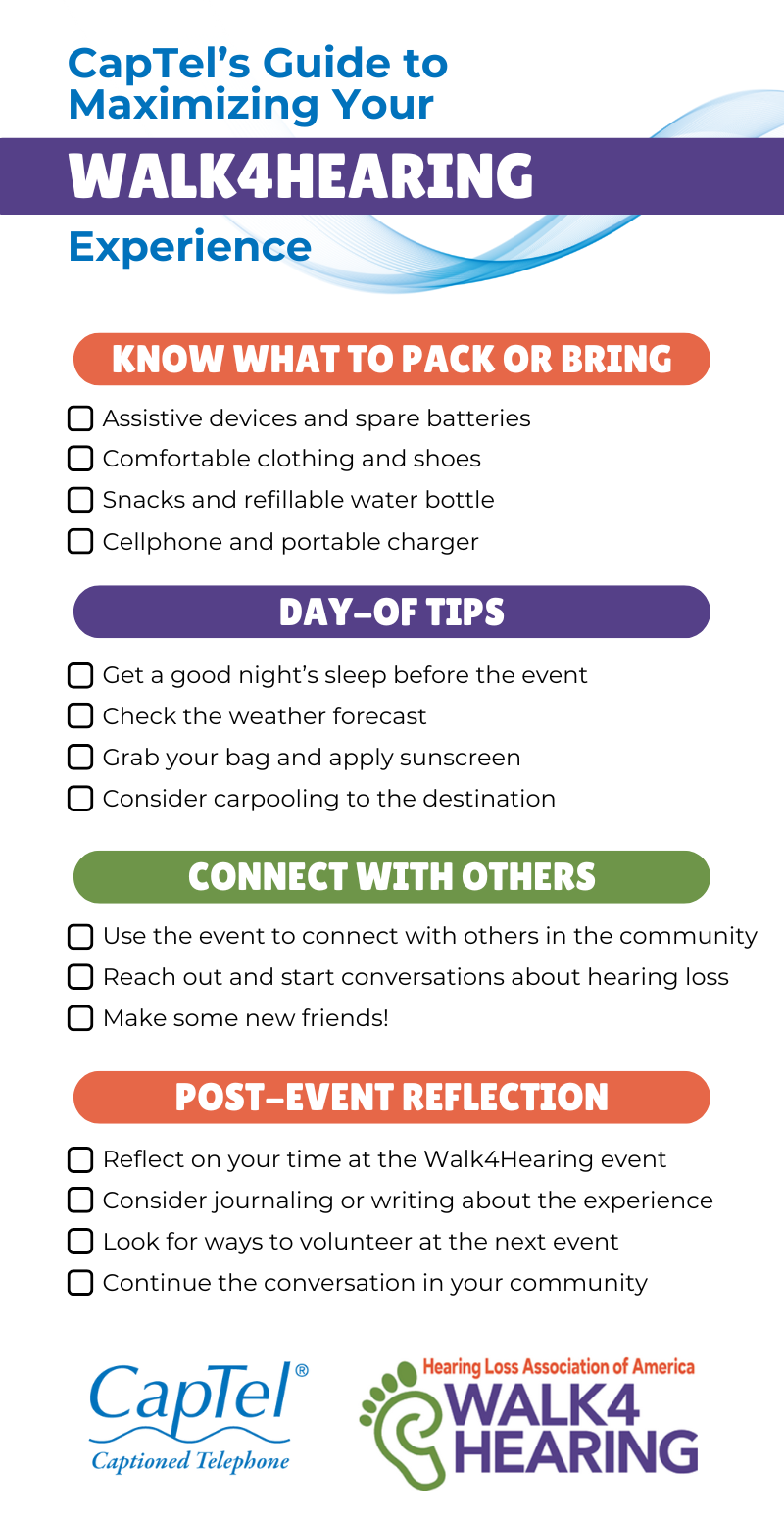Let’s take a look at what transportation methods might suit your needs on your next big adventure.

Choosing the right mode of transportation for you is essential for any trip. Each option, whether you decide on planes, trains, cars, or buses, has its own advantages and challenges when it comes to accessibility and communication. Understanding these factors can help ensure a smoother, more enjoyable journey tailored to your hearing needs. Let’s compare some of the pros and cons in this blog.
Flying with Hearing Loss
Air travel can be the most convenient for long-distance trips, but it does present some potential communication challenges. Airports are often noisy, making it difficult to hear boarding announcements or gate changes. Fortunately, many airlines now offer text and app-based notifications to keep passengers informed. You can notify the airline in advance about your communication needs, as they may provide early boarding or written safety instructions. While in-flight, personal hearing devices can be a helpful tool, but it’s also important to be aware that background cabin noise can make conversations more difficult. Noise-canceling headphones or assistive listening devices may enhance your comfort and communication during the flight.
Another potential drawback to air travel is pressure changes in the cabin. These changes may cause ear pain or discomfort during and after your flight. However, the pros of air travel are speed to destination, opportunities to use assistive listening devices, and gate agents who can help you during your travels if you have any questions.
Traveling by Train
Trains offer a more relaxed travel experience and can be a great choice for those with hearing loss. Train stations are typically less hectic than airports, and visual signage for departures, arrivals, and safety instructions are usually clear and accessible on large departure boards. Many modern trains have scrolling text displays for announcements, making it easier to stay informed. If you need assistance, speaking directly to staff or requesting written instructions can help ensure you don’t miss important travel details, though they may not have staff at each train line. The quieter environment on trains also makes it easier to communicate with fellow travelers or enjoy the scenery without excessive background noise. If you have a few extra days to spend, taking the train can be a lovely way to see the scenery to your destination. Trains are slower than planes, and depending on your location, there may not be as many destinations available, or departure times may be farther apart.
Road Trips and Car Travel
Driving or taking a road trip provides maximum control over your travel environment; you’re able to set volumes, use assistive listening devices, and create your itinerary. You can set up hands-free communication tools in your own vehicle, adjust noise levels, and avoid the stress of crowded public spaces. If traveling with others, having a GPS system with visual directions and voice commands can help with navigation. When renting a car, you may want to check for accessibility features, such as Bluetooth connectivity for hearing devices. However, road trips can be tiring, so planning rest stops, changing drivers, and using safe, well-lit routes are essential for a smooth journey. Car travel offers the greatest freedom but can be slower than other options. You must remain alert and vigilant when driving, which is different from other methods of transportation where you can sit back and relax.
Taking the Bus
Buses can be an affordable and convenient way to travel, but they may present unique challenges for those with hearing loss. Some bus stations have limited visual displays for schedule updates, making it important to stay informed about delays or route changes. Long-distance buses sometimes offer mobile app updates, so checking ahead for accessibility features is recommended. If you choose to travel with a group, using a private bus may be a great option. You’ll get the benefits of talking with people around you, having scheduled stops and rest breaks, seeing the scenery to your destination, and having the ability to talk with the bus driver or guide about any communication preferences you may have. Choosing a seat closer to the driver may also help with better visibility and communication throughout the trip.
Deciding on the best mode of transportation depends on the distance, budget, accessibility features available, and your preferences. No matter which option you choose, preparing ahead by researching accessibility features and using assistive technology can help ensure a seamless and enjoyable travel experience. For more travel tips, take a look at the CapTel blog.


